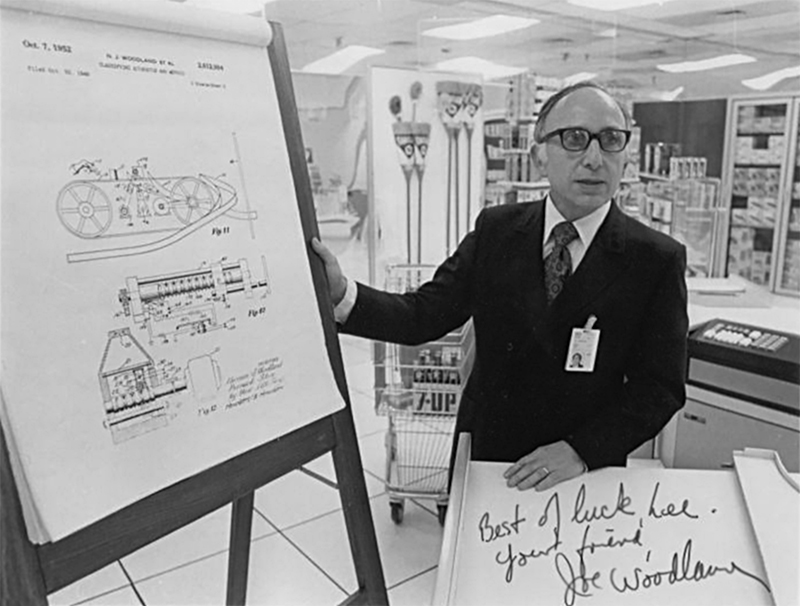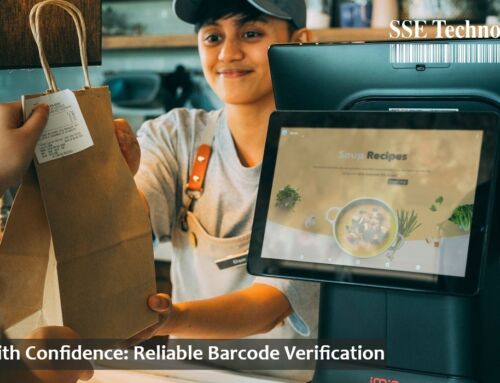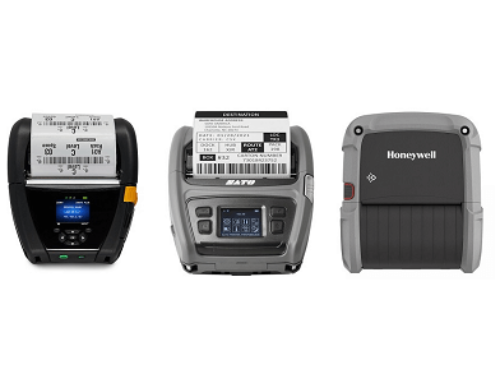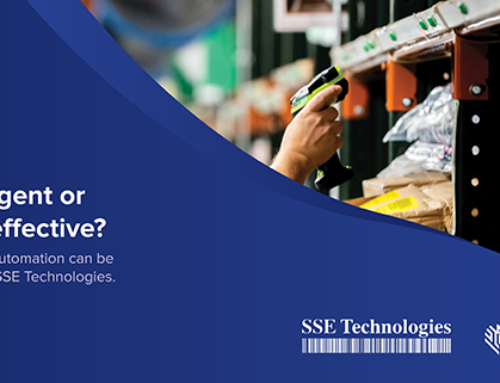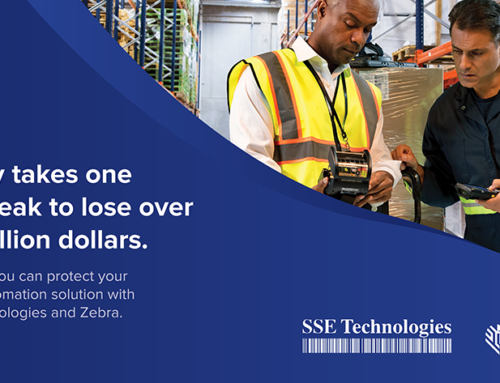For more than six decades, barcodes have helped companies efficiently and accurately track and inventory a variety of products, assets, supplies and more. It all started in 1952 when Norman Joseph Woodland and Bernard Silver, after listening to the president of a major food company discussing research on collecting product information at the supermarket checkout, build the first barcode scanner.
Fast-forward to present day, barcodes are used essentially in every industry including manufacturing, transportation, logistics, retail, medical, and more. Barcodes serve an important role, and provide many advantages compared with manually entering information including:
- Error Prevention
- Large Inventory Tracking
- Cost Savings
- Speed
- Compliance
With industries becoming so reliant on the use of barcodes, barcode quality and verification is critical to ensure companies produce barcodes that can be scanned everywhere. A barcode verifier will allow you to grade each barcode’s quality to ensure the company is operating efficiently and to protect them against costly chargebacks and fines.
Barcode verifiers are precision instruments which enable the verification process. Barcode verifiers grade 1-D and 2-D barcodes according to quality parameters defined by industry standards which are developed by international organizations like ANSI/ISO and industry groups like GS1 and HIBCC.
Barcode verification guides producers through the marking process to produce readable, high-quality codes. Barcode verifiers analyze a barcode and assign a quality grade to them, typically expressed as a letter grade (A through F) or a numerical equivalent (4 to 0). Typically, a barcode with a grade of C or better is considered a passing code and 100% scannable.
Yes, barcode verifiers are not inexpensive, but considering the real cost of bad barcodes compared to an expense amortized over 5 to 10 years, verifiers makes business sense.
Resources:
https://en.wikipedia.org/wiki/Norman_Joseph_Woodland
https://en.wikipedia.org/wiki/Barcode

